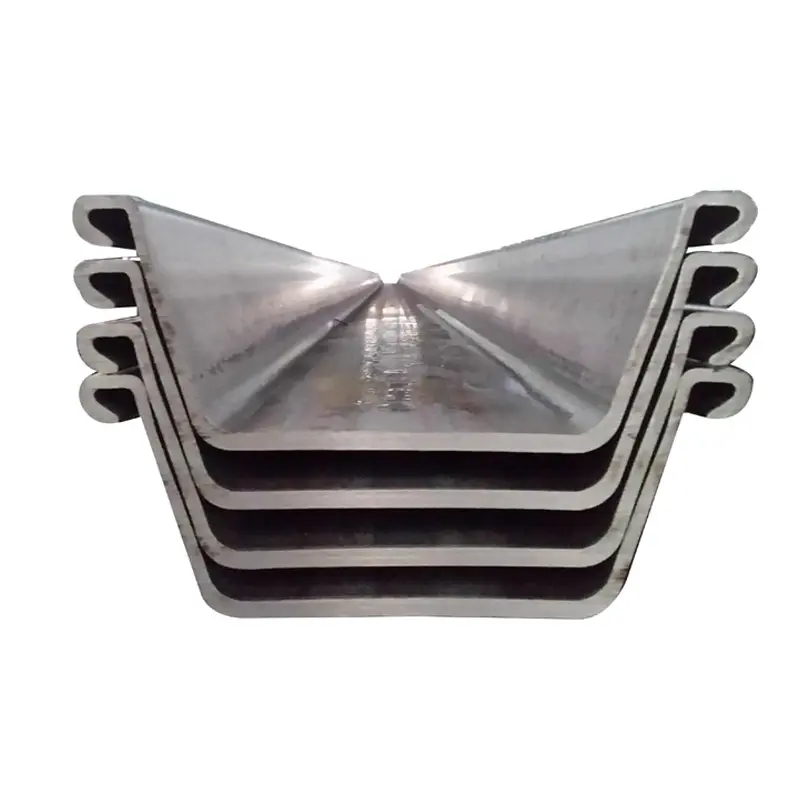ໜ້າປະຕູເหลິยງທີ່ຕ້ອງການຄວາມຕ້ອງກັບສົ່ງເສີນແມ່ນໄດ້ຖືກພິຈາລະນາໃຫ້ປຸງການເສຍຫາຍຂອງສົ່ງເສີນໃນສະຖານທີ່ທີ່ມີຄວາມຮ້າຍແຮງ, ຖ້າເປັນຕົວຢ່າງແມ່ນສະຖານທີ່ທີ່ມີຄວາມສຳພັນກັບສົ່ງເສີນ (marine settings), ເຂດອຸຕสาຫະກຳທີ່ມີຄວາມເສຍຫາຍຈາກເຄື່ອງໝາຍ, ຫຼືໂມງດິນທີ່ມີຄວາມເຄົ້າແຫຼືອຟ້າ. ນັກສ້າງແມ່ນໄດ້ໃຊ້ວັດຖຸທີ່ມີຄວາມໜ້າສົ່ງເສີນແລະການປຸງຜ່ານເສີນທີ່ມີຄວາມໜ້າສົ່ງເສີນເພື່ອເພີ່ມຄວາມຍາວຂອງຊີວິດການໃຊ້ງານ, ເພີ່ມຄ່າໃຫ້ການປົກປ້ອງແລະປັບປຸງການເສຍຫາຍທີ່ມີຄວາມໜ້າສົ່ງເສີນ. ວັດຖຸທີ່ໃຊ້ເປັນຫຼັກແມ່ນເຫຼັ້ງເສີນ (304, 316 grades), เຫຼັ້ງເສີນທີ່ມີຄວາມໜ້າ (Corten steel), ແລະເຫຼັ້ງເສີນທີ່ມີຄວາມໜ້າສົ່ງເສີນທີ່ມີ Chromium, Nickel, ຫຼື Molybdenum ເພື່ອປຸງການເສຍຫາຍ. ສໍາລັບເຫຼັ້ງເສີນທີ່ມີ Carbon, ການປົກປ້ອງແມ່ນຄຳແນະ: Hot dip galvanization (ISO 1461) ໄດ້ໃຫ້ຊີ້ນ Zink ໃນການປົກປ້ອງ, ແລະ Duplex systems (zinc primer + epoxy topcoat) ໄດ້ໃຫ້ການປົກປ້ອງສອງແຈກ. ການພິຈາລະນາໃນການເພີ່ມຄວາມໜ້າສົ່ງເສີນແມ່ນ Microalloyed steels ທີ່ມີຄວາມໜ້າສົ່ງເສີນ, ແລະໄດ້ຖືກສຶກສາໂດຍວິທີ່ ASTM G48 ferric chloride pitting test. ການອອກແບບຂອງເຫຼັ້ງເສີນທີ່ມີຄວາມໜ້າສົ່ງເສີນແມ່ນການປົກປ້ອງຄ່າວັດຖຸກັບຊີວິດການໃຊ້ງານ, ສໍາລັບການໃຊ້ງານໃນສະຖານທີ່ທີ່ມີຄວາມຮ້າຍແຮງ. ອຸປະກອນແມ່ນສະຖານທີ່ທີ່ມີຄວາມສຳພັນສູງ, ຕົວຢ່າງແມ່ນສະຖານທີ່ທີ່ມີຄວາມສຳພັນສູງ, ມີຄວາມສຳພັນສູງ, ແລະ leachate ທີ່ມີຄວາມສຳພັນ. ການຕິດຕັ້ງແມ່ນການປົກປ້ອງການເສຍຫາຍ, ກັບການປົກປ້ອງ. Engineering design incorporates corrosion allowances in wall thickness calculations, based on predicted corrosion rates derived from site specific environmental data (pH, chloride content, soil resistivity). Non destructive testing methods like electrochemical impedance spectroscopy (EIS) can monitor coating integrity in service, enabling proactive maintenance. International standards such as NACE RP0176 provide guidelines for corrosion control in steel sheet piles, emphasizing the importance of surface preparation (SSPC SP10 near white blast cleaning) and coating application consistency. The trade off between initial cost and long term durability makes corrosion resistant sheet piles a strategic choice for projects where downtime or replacement is impractical, such as nuclear power plant foundations or offshore oil and gas facilities. Research into self healing coatings and bio inspired anti corrosion technologies promises further advancements, potentially reducing reliance on traditional zinc based treatments and enhancing sustainability through lower material and energy use.


